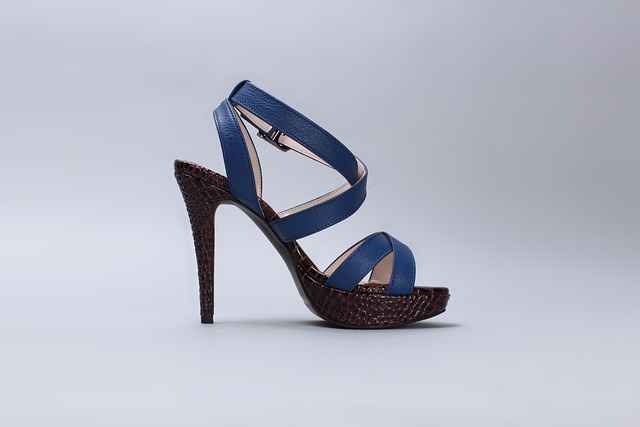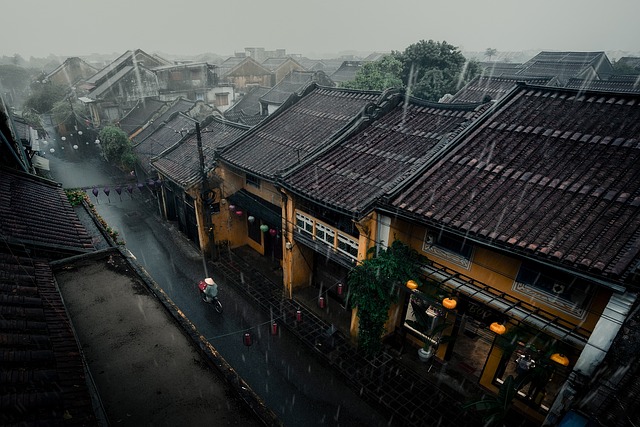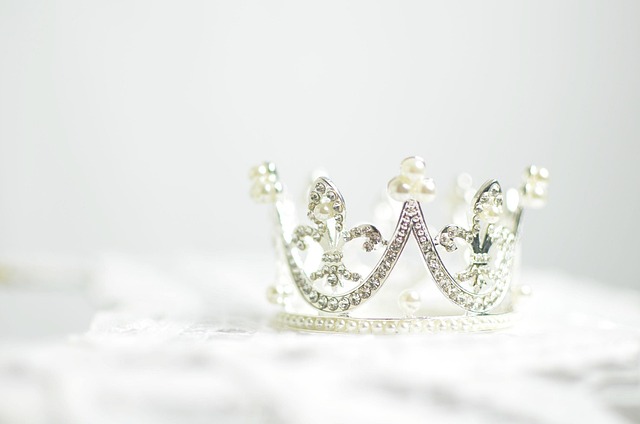In the ever-evolving world of fashion, the humble sandal has become a canvas for creativity, a medium through which designers translate cultural narratives, artistic movements, and personal expression into wearable art. While sandals have long been prized for their comfort and practicality, the contemporary designer’s focus has shifted toward the intersection of form, function, and aesthetic storytelling. The result is a new wave of sandal design that pushes boundaries, embraces unconventional materials, and turns each step into a statement of individuality.
The Rise of Conceptual Sandal Design
Conceptualism, which emerged in the 1960s and 70s, challenged traditional notions of what art could be. Today, designers are translating those principles into footwear, creating sandals that question identity, environment, and societal norms. A concept piece might feature a single, continuous line of stitching that weaves around the foot, symbolizing the interconnectedness of communities, or a sandal constructed from biodegradable polymers, raising awareness about sustainability.
- Biophilic materials: integrating plant fibers or living moss to create a living shoe.
- Digital fabrication: using 3D printing to produce complex geometries that were once impossible to handcraft.
- Interactive surfaces: embedding conductive threads that respond to touch or motion, turning the sandal into a responsive art piece.
Art Movements Influencing Modern Sandals
From the bold colors of Fauvism to the intricate patterns of Art Deco, historical art movements continue to inspire modern sandal design. Contemporary designers blend these influences, creating hybrid styles that resonate with a global audience.
“Every new sandal is a dialogue between past and present,” says a leading footwear curator.
Materials as Mediums: Beyond Leather and Rubber
Traditional materials like leather, canvas, and rubber are no longer the only options. The advent of new, eco-friendly resources has broadened the palette available to designers. Some of the most exciting materials include:
- Recycled ocean plastics: These fibers are woven into breathable straps that not only reduce marine waste but also provide a distinctive texture.
- Mycelium composites: Cultivated from mushroom roots, these composites can be molded into complex shapes, providing lightweight yet sturdy support.
- Carbon fiber-infused textiles: These materials offer a high strength-to-weight ratio, allowing for minimalistic designs that still deliver structural integrity.
Functional Art: Sandals that Do More Than Look Good
While aesthetics are paramount, many designers are integrating functional elements that enhance wearer experience. This includes:
- Adjustable arch support that adapts to foot shape.
- Ventilation pockets that circulate air, keeping feet cool during hot summer months.
- Embedded sensors that track gait and provide feedback for sports or rehabilitation.
Design Process: From Sketch to Stride
The creative journey of a sandal begins with a simple idea—perhaps a gesture, a myth, or a personal narrative—and evolves through a rigorous process of experimentation and iteration. Key stages include:
- Conceptual research: Gathering visual references, material samples, and inspiration from art history.
- Prototyping: Using digital sculpting software to model the foot, sole, and straps before creating a physical prototype.
- Material testing: Evaluating durability, comfort, and environmental impact of chosen materials.
- Production refinement: Transitioning from handmade samples to scalable manufacturing while preserving artistic intent.
Collaborations Across Disciplines
Artistic sandals often emerge from collaborative efforts. Fashion designers partner with sculptors, architects, and even neuroscientists to create pieces that are not only beautiful but also innovative in terms of ergonomics and sensory experience.
The Role of Technology in Sandal Design
Technology has become an indispensable ally for designers seeking to push the envelope. 3D printing allows for the creation of custom, one-of-a-kind shapes that would be difficult or impossible to produce by hand. Digital textile printing, on the other hand, offers an expansive color palette and intricate patterns that can be replicated at scale.
“Technology doesn’t replace the artist; it expands their toolkit,” notes a footwear technologist.
Future Trends: Biodesign and Virtual Prototyping
Emerging trends point toward the use of living materials, such as engineered bacteria that grow into specific shapes, and the adoption of virtual reality platforms for testing fit and aesthetics before a single pair is made. These innovations promise to reduce waste and increase personalization.
Impact on Consumer Culture
Modern sandal design has shifted consumer expectations. Buyers are no longer satisfied with a functional product; they crave a piece that tells a story. The rise of “slow fashion” has amplified this demand, encouraging consumers to invest in high-quality, artistically crafted sandals that last longer than mass-produced alternatives.
- Storytelling: Each sandal often carries a narrative, whether it’s a tribute to a culture or an homage to a natural phenomenon.
- Limited editions: Scarcity amplifies desirability, creating a sense of exclusivity.
- Transparency: Brands disclose material sourcing and production practices, building trust with eco-conscious shoppers.
Challenges and Opportunities
Designers face challenges such as balancing cost with artistic integrity, ensuring comfort across diverse foot shapes, and maintaining brand identity while experimenting with new materials. However, these challenges also present opportunities for innovation and differentiation in a crowded market.
Conclusion: Sandals as Living Art Pieces
The sandal has evolved from a practical necessity into a dynamic platform for artistic expression. Whether through unconventional materials, functional enhancements, or collaborative creativity, modern designers are redefining what footwear can achieve. Each pair of sandals today is a testament to the intersection of artistry, technology, and sustainable design, inviting wearers to walk not just with comfort but with a story that resonates on both personal and collective levels.




